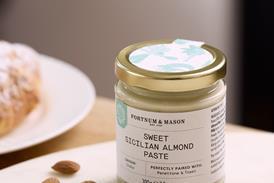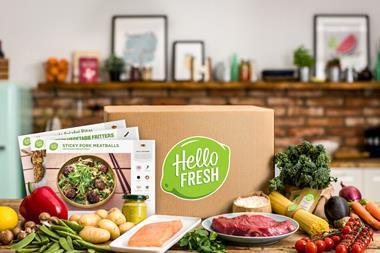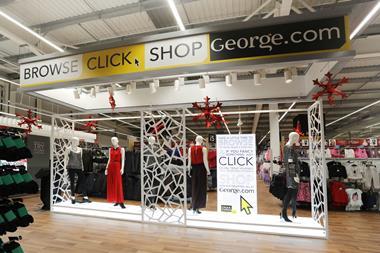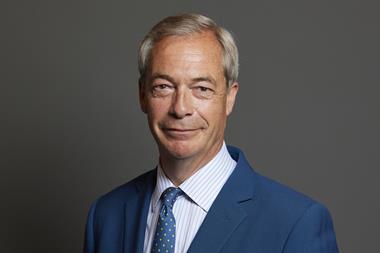At the height of the pandemic, Brits showed their love for family and friends by sending them presents bought online. But that trend could prove a lasting gift to the sector.
Unable to bring a bottle to a barbecue or platter to a party – or even a loving squeeze – socially restricted Brits went online to source foodie gifts for each other, analysis by Packaging Online has found. Online searches for food gifts increased 427% in 2020. Googling for baking gifts more than doubled, making it the “most significant rising gift trend of the year”, with 6,600 purchases made per month. Booze – already a popular posted gift – saw searches rise 10%. Some 33,000 people were buying gin gift sets alone every month.
“Where many might previously have thought these are the kinds of gifts that require going to a shop or high street and meeting up in person, the pandemic has proven this isn’t the case,” says Packaging Online’s general manager Tom Wood.
And while many brands will have enjoyed the sales boost, it’s the likes of Beer52, Naked Wines and HelloFresh that will be most relishing our pandemic-induced generosity.
Packaging Online’s analysis found wine, gin, beer and food subscription boxes as gifts – which of course can’t be bought on the high street – soared during the pandemic, together far outstripping magazine subscriptions in terms of the number of purchases made per month.
It’s good news for subscription sellers not only because it can secure a year’s worth of sales up front, but because it brings the concept to someone who may never have taken the plunge themselves. Securing subscribers is a numbers game – the more people that try the boxes for the first time, the more will commit to lengthy subscriptions.
According to Kantar, 7% of adults in the UK have trialled a meal kit or recipe box service in the past year. Of them, just over half have become regulars. That’s a decent enough hit rate, but the more people at the top of the funnel giving subscription boxes a first go, the better.
Retailers too stand to benefit from the rise of digital gift giving. And not just of products. According to recent analysis by the Gift Card & Voucher Association (GCVA) and KPMG UK, year-on-year sales of online gift cards and e-vouchers soared by 117% during the second half of 2020. While once considered a lazy and unimaginative gift option, gift cards have seen a “change in status” and are now appreciated by gen Z, KPMG said.
Will the spate of e-commerce gift-giving last beyond restrictions? Wood believes so, predicting Brits will spend as much as £240m gifting subscription boxes (of all kinds) by 2022. Like the rise of online grocery, a similar stickiness is not unlikely, and for similar reasons. Indeed, nearly a quarter of Britons sent their loved ones a present in the post this Valentine’s Day, according to Royal Mail research, with chocolates the most popular post-bound gift. The company said it “clearly demonstrates the innate and intimate power of the parcel”. Furthermore, with more and more workers set to work at home more and more of the time, corporate gift-giving in the form of delivered wellness packages and boozy boxes in the place of office outings is probable.
For many, our pandemic-inspired compulsion to give gifts might prove a gift that keeps on giving.




















No comments yet